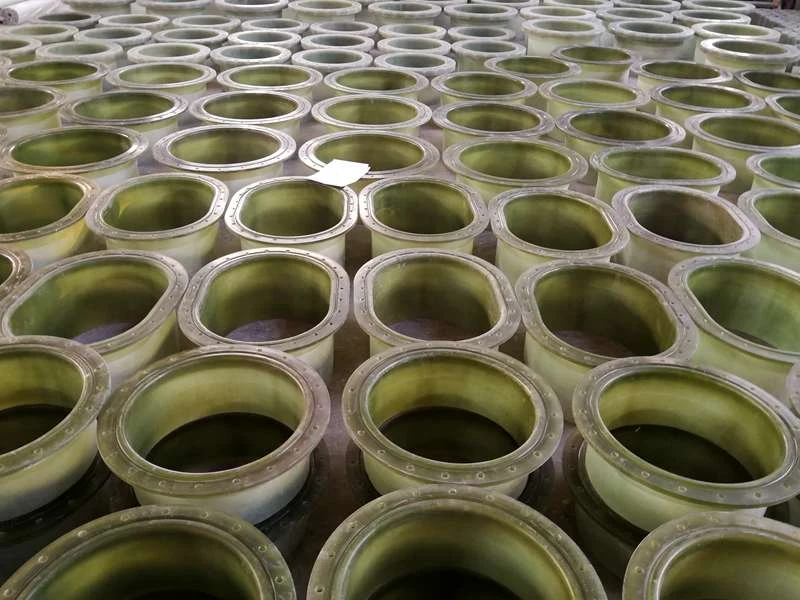
-
 Afrikaans
Afrikaans -
 Albanian
Albanian -
 Amharic
Amharic -
 Arabic
Arabic -
 Armenian
Armenian -
 Azerbaijani
Azerbaijani -
 Basque
Basque -
 Belarusian
Belarusian -
 Bengali
Bengali -
 Bosnian
Bosnian -
 Bulgarian
Bulgarian -
 Catalan
Catalan -
 Cebuano
Cebuano -
 China
China -
 China (Taiwan)
China (Taiwan) -
 Corsican
Corsican -
 Croatian
Croatian -
 Czech
Czech -
 Danish
Danish -
 Dutch
Dutch -
 English
English -
 Esperanto
Esperanto -
 Estonian
Estonian -
 Finnish
Finnish -
 French
French -
 Frisian
Frisian -
 Galician
Galician -
 Georgian
Georgian -
 German
German -
 Greek
Greek -
 Gujarati
Gujarati -
 Haitian Creole
Haitian Creole -
 hausa
hausa -
 hawaiian
hawaiian -
 Hebrew
Hebrew -
 Hindi
Hindi -
 Miao
Miao -
 Hungarian
Hungarian -
 Icelandic
Icelandic -
 igbo
igbo -
 Indonesian
Indonesian -
 irish
irish -
 Italian
Italian -
 Japanese
Japanese -
 Javanese
Javanese -
 Kannada
Kannada -
 kazakh
kazakh -
 Khmer
Khmer -
 Rwandese
Rwandese -
 Korean
Korean -
 Kurdish
Kurdish -
 Kyrgyz
Kyrgyz -
 Lao
Lao -
 Latin
Latin -
 Latvian
Latvian -
 Lithuanian
Lithuanian -
 Luxembourgish
Luxembourgish -
 Macedonian
Macedonian -
 Malgashi
Malgashi -
 Malay
Malay -
 Malayalam
Malayalam -
 Maltese
Maltese -
 Maori
Maori -
 Marathi
Marathi -
 Mongolian
Mongolian -
 Myanmar
Myanmar -
 Nepali
Nepali -
 Norwegian
Norwegian -
 Norwegian
Norwegian -
 Occitan
Occitan -
 Pashto
Pashto -
 Persian
Persian -
 Polish
Polish -
 Portuguese
Portuguese -
 Punjabi
Punjabi -
 Romanian
Romanian -
 Russian
Russian -
 Samoan
Samoan -
 Scottish Gaelic
Scottish Gaelic -
 Serbian
Serbian -
 Sesotho
Sesotho -
 Shona
Shona -
 Sindhi
Sindhi -
 Sinhala
Sinhala -
 Slovak
Slovak -
 Slovenian
Slovenian -
 Somali
Somali -
 Spanish
Spanish -
 Sundanese
Sundanese -
 Swahili
Swahili -
 Swedish
Swedish -
 Tagalog
Tagalog -
 Tajik
Tajik -
 Tamil
Tamil -
 Tatar
Tatar -
 Telugu
Telugu -
 Thai
Thai -
 Turkish
Turkish -
 Turkmen
Turkmen -
 Ukrainian
Ukrainian -
 Urdu
Urdu -
 Uighur
Uighur -
 Uzbek
Uzbek -
 Vietnamese
Vietnamese -
 Welsh
Welsh -
 Bantu
Bantu -
 Yiddish
Yiddish -
 Yoruba
Yoruba -
 Zulu
Zulu
cpvc and frp pipes combine durability and resistance.
Enhancing Durability and Resistance The Synergy of CPVC and FRP Pipes
In the realm of industrial and commercial piping systems, the durability and resistance of materials play a critical role in ensuring long-lasting and efficient operations. Among the various options available, Chlorinated Polyvinyl Chloride (CPVC) and Fiber Reinforced Polymer (FRP) pipes have emerged as two of the most reliable choices. When combined, these materials offer unparalleled advantages that enhance the overall performance of piping systems.
CPVC pipes, renowned for their superior resistance to heat and corrosion, have been a staple in the plumbing and industrial sectors. With a temperature tolerance of up to 200°F (93°C), CPVC pipes can handle hot water applications, making them ideal for both residential and commercial installations. Their resistance to various chemicals also allows them to be used in highly corrosive environments, reducing the risk of degradation and increasing the lifespan of the piping system. Additionally, CPVC is lightweight and easy to install, which further contributes to its growing popularity.
On the other hand, FRP pipes are celebrated for their exceptional tensile strength and resistance to a wide range of aggressive chemicals. Composed of a polymer matrix reinforced with fibers, often glass or carbon, FRP pipes provide excellent structural integrity while maintaining a low weight. This combination minimizes the need for extensive support structures during installation, reducing overall project costs. FRP's resistance to UV rays, moisture, and extreme temperatures further enhances its applicability in various environments, from chemical processing plants to offshore applications.
cpvc and frp pipes combine durability and resistance.

The combination of CPVC and FRP pipes creates a powerful synergy that maximizes the durability and resistance required in challenging conditions. When these two materials are integrated into a piping system, they provide a robust solution that is both lightweight and exceptionally resistant to corrosion, abrasion, and chemical attack. This combination not only extends the service life of the pipes but also minimizes maintenance and replacement costs over time, resulting in significant long-term savings for businesses.
Moreover, the adaptability of CPVC and FRP pipelines allows for a wide range of applications across different industries. From chemical manufacturing to construction, the enhanced characteristics of these pipes make them suitable for transporting a variety of substances, whether they are hot liquids, corrosive chemicals, or even wastewater.
In conclusion, the synergy between CPVC and FRP pipes exemplifies the advancements in piping technology, where durability and resistance are paramount. Companies looking to improve the reliability and longevity of their piping systems should consider these materials as viable options. By harnessing the strengths of both CPVC and FRP, industries can ensure they are equipped to handle the challenges of modern applications while maximizing efficiency and reducing lifecycle costs. This innovative combination stands as a testament to the potential of engineering solutions that prioritize performance and sustainability in the ever-evolving industrial landscape.
Latest news
-
Exploring the Benefits of Top Hammer Drifter Rods for Enhanced Drilling PerformanceNewsJun.10,2025
-
High-Precision Fiberglass Winding Machine for GRP/FRP Pipe Production – Reliable & Efficient SolutionsNewsJun.10,2025
-
FRP Pipes & Fittings for Shipbuilding - Corrosion-Resistant & LightweightNewsJun.09,2025
-
Premium FRP Flooring Solutions Durable & Slip-ResistantNewsJun.09,2025
-
Premium Fiberglass Rectangular Tanks Durable & Lightweight SolutionNewsJun.09,2025
-
Tapered Drill String Design Guide Durable Performance & UsesNewsJun.09,2025









